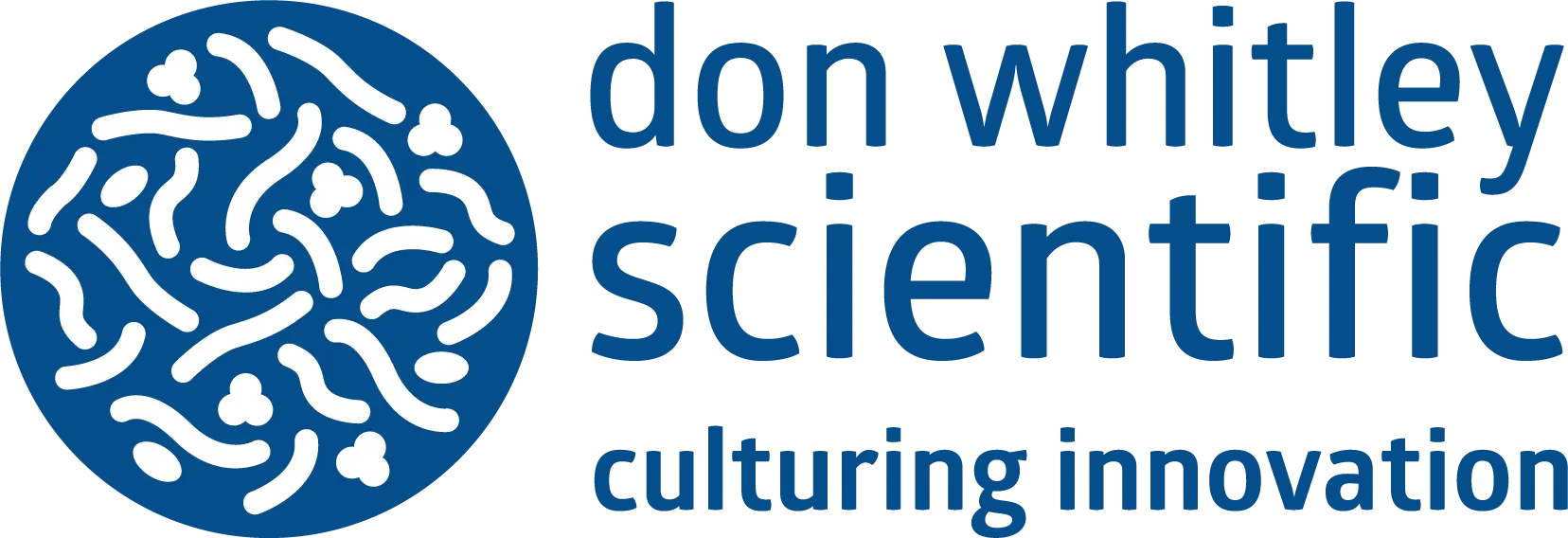
Earlier this year, over 50 cases of cryptosporidiosis were confirmed in Brixham, a town in Devon, UK. Residents of approximately 17,000 households were advised to boil their drinking water after health officials traced the outbreak to contaminated water.
What is Cryptosporidiosis?
Cryptosporidiosis is a waterborne disease caused by the protozoan parasite Cryptosporidium. This parasite can trigger severe gastrointestinal symptoms, including diarrhoea and vomiting, in both humans and animals. The two primary species responsible for infections are Cryptosporidium hominis and Cryptosporidium parvum. What makes Cryptosporidium particularly dangerous is its resistance to common disinfectants, including chlorine.
The parasite's oocysts—the infective stage of its life cycle—are incredibly resilient and can survive in treated water. Due to its robustness and small size, Cryptosporidium has been linked to some of the most significant waterborne disease outbreaks worldwide. In fact, it is one of the leading causes of such outbreaks, with over 58 million cases of diarrhoea annually associated with protozoal infections like Cryptosporidium.
The Challenge for Water Treatment
Waterborne pathogens like Cryptosporidium pose unique challenges for water treatment facilities. While chlorine is effective against many contaminants, it is not sufficient to neutralise Cryptosporidium oocysts. The parasite’s small size allows it to slip through standard filtration systems if they are not properly designed or maintained.
Despite these challenges, most outbreaks are preventable. Careful risk assessments and well-designed water treatment processes can offer a high level of protection against Cryptosporidium. Water companies are required to evaluate the risks associated with this parasite in their water sources and continuously operate systems that either remove or inactivate the pathogen. However, incidents like the one in Brixham highlight the consequences when these systems fail.
The Role of Effective Testing
Detecting and controlling waterborne contaminants requires precise and efficient microbiological testing methods. As outbreaks like the one in Brixham demonstrate, the consequences of inadequate water testing and treatment can be severe. Ensuring that laboratories have access to the best tools and methods is critical for public health and safety.
Sources:
Drinking Water Inspectorate. (n.d.). Cryptosporidium. https://www.dwi.gov.uk/consumers/learn-more-about-your-water/cryptosporidium/
Helmy, Y. A., & Hafez, H. M. (2022). Cryptosporidiosis: From prevention to treatment, a narrative review. Microorganisms, 10(12), 2456. https://doi.org/10.3390/microorganisms10122456
Sky News. (2024, May 21). Brixham: More than 50 people in Devon ill from contaminated water as South West Water's owner posts £166m profit. https://news.sky.com/story/brixham-more-than-50-people-in-devon-ill-from-contaminated-water-as-south-west-waters-owner-posts-166m-profit-13140820


 en
en


 English
English